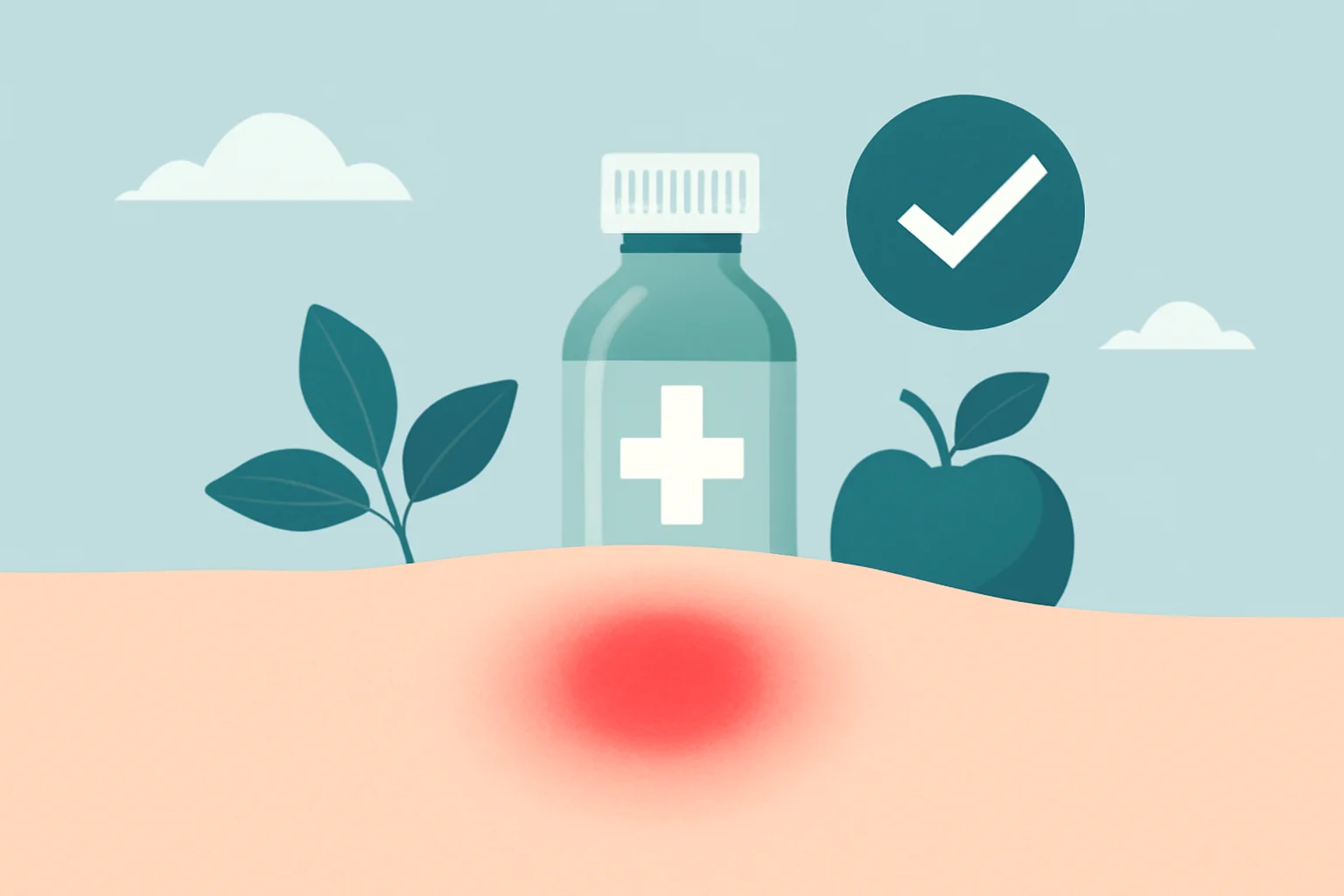
The causes of red spots and inflammation: what is worth knowing about them?
The health of the skin depends on various factors, including environmental influences, lifestyle choices, and genetic predisposition. Our skin is the largest organ, constantly exposed to different stimuli that can lead to various conditions. Red spots and inflammations are common skin problems that complicate the lives of many people. These signs usually indicate skin irritation, allergic reactions, or infections.
The appearance of red spots can be concerning in many cases, as the condition of the skin can tell us a lot about the overall health of the body. People often forget that their skin reflects their internal health, and in addition to proper skincare, regular medical check-ups are also important. Since there can be many causes for the development of red spots and inflammations, it is worth paying attention to the triggers and learning about possible treatment methods. Understanding these conditions can help us take the right steps to maintain skin health.
Causes of Red Spots
The causes of red spots can encompass a wide spectrum, and often environmental factors, lifestyle habits, or even genetic predisposition can contribute to their development. One of the most common causes is an allergic reaction. Many people may experience red spots when their skin comes into contact with substances that irritate it, such as certain cosmetics, soaps, or chemicals. Allergic reactions are often accompanied by itching, redness, and swelling.
Another common cause is dermatitis, such as eczema or psoriasis. These skin diseases predispose individuals to the formation of red spots, which may sometimes be accompanied by peeling or itching. Eczema, especially in childhood, is a common issue that requires long-term skincare.
Red spots can also appear as a result of infections. Skin diseases caused by bacteria, fungi, or viruses, such as herpes or fungal infections, can also lead to the development of red spots. These infections typically cause localized inflammation, leading to redness and sensitivity of the skin.
It is important to mention that red spots can also be a consequence of the dilation of blood vessels under the skin, often caused by changes in weather, stress, or hormonal fluctuations. Additionally, skin aging can contribute to the appearance of red spots, as over time our skin becomes thinner and loses its natural protection.
Inflammatory Skin Diseases
Inflammatory skin diseases can affect various layers of the skin and are often associated with painful, itchy, or irritating symptoms. These diseases can develop for various reasons, including genetic predisposition, immunological reactions, and environmental factors. The most common inflammatory skin diseases include eczema, psoriasis, and contact dermatitis.
Eczema, also known as atopic dermatitis, is a chronic skin inflammation characterized by dryness, itching, and red spots. Eczema usually begins in childhood but can appear in adulthood as well. The goal of treatment is to alleviate symptoms and hydrate the skin, often using various creams and medications.
Psoriasis is an autoimmune disease that leads to the excessive proliferation of skin cells, resulting in red, scaly patches on the skin. There are several options for treating psoriasis, including topical treatments, light therapy, and systemic medications.
Contact dermatitis is an inflammation that occurs as a result of the skin’s contact with irritating substances or allergens. Symptoms include redness, itching, and swelling of the skin. Treatment typically focuses on avoiding irritants and applying topical corticosteroids.
Treating inflammatory skin diseases is important, as these symptoms can cause not only physical discomfort but also psychological effects. Continuous medical monitoring and proper skincare can help alleviate symptoms and maintain skin health.
Treatment of Red Spots and Inflammations
When treating red spots and inflammations, the most important step is to determine the underlying cause. Treatment options encompass a wide range, and the choice of method depends on the severity and type of the problem. A combination of home skincare, topical treatments, and medical interventions is often the most effective solution.
During home skincare, it is essential to hydrate the skin, especially in cases of eczema and psoriasis. Moisturizing creams and ointments can help protect the skin and reduce dryness and itching. Additionally, it is advisable to avoid irritants, such as soaps and cosmetics containing chemicals.
Topical treatments, such as corticosteroid creams, can also be effective in reducing inflammation. These medications can help alleviate inflammation, decrease red spots, and relieve itching. It is important that the use of these medications is advised by a doctor, as long-term use can cause side effects.
If red spots or inflammations do not respond to topical treatments, medical intervention may be necessary. Doctors can perform diagnostic tests to determine the cause of the problem and prescribe appropriate medications, including systemic treatments.
The treatment of red spots and inflammations often requires a long-term commitment, and it is important for patients to be patient during the treatment process. Adhering to proper medical advice and consistently following a skincare routine can help improve the condition of the skin.
The information mentioned in this article does not replace medical advice. In case of health problems, always consult a doctor and follow the recommendations of a specialist.

